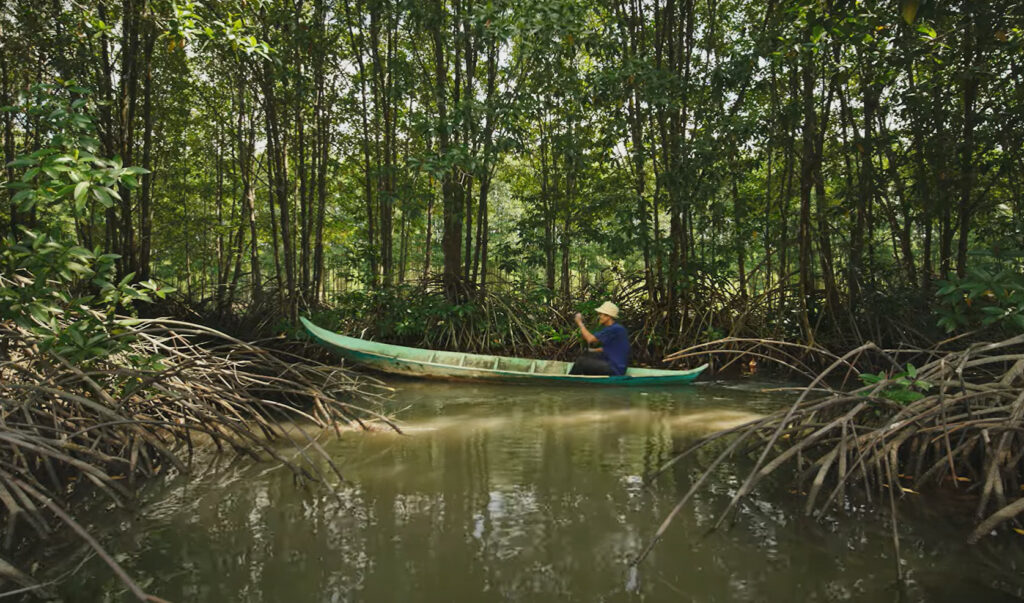How Do BAP Standards Address Environmental Responsibility?
April 22, 2020, marks the 50th anniversary of Earth Day, and this year’s theme is climate action. The challenges and opportunities posed by climate change have made it the most pressing topic for the 50th anniversary. One of the greatest threats posed by climate change is global food security.
Aquaculture and Food Security
There will be an estimated 9.8 billion people on the planet by 2050, and with an increasing population comes an increasing demand for food. In fact, in just three decades, it’s estimated that we’ll need 70 percent more food than we do today to feed the world’s population.
The increase in seafood production needed to meet rising demand cannot come from wild fisheries alone. Aquaculture, or fish farming, provides a solution. Aquaculture is the fastest growing form of food production in the world, and has the potential to continue to grow in a sustainable manner.
Fish farming is one of the most environmentally efficient ways to produce animal protein. It produces less greenhouse gas emissions than terrestrial animal farming. It also uses much less land area, which is becoming increasingly important as food production currently takes up about 40 percent of the planet’s land surface. Aquaculture also only requires about 1 pound of feed to produce one pound of protein. Compare that with beef at about 7 pounds of feed! In addition, some types of aquaculture, like shellfish or seaweed farming, can actually help improve ecosystems.
Environmental Responsibility and BAP Standards
Environmental responsibility is one of the foundational pillars of the Best Aquaculture Practices (BAP) certification program. Since the BAP program was established in 2002, we’ve helped thousands of aquaculture producers worldwide improve their practices and ensure the industry is rising to the highest standards. Here are a few examples of how BAP standards help producers mitigate their impact on the environment:
• By preventing aquaculture facilities from being located in areas where they displace important natural habitats like mangrove or other wetland areas. Wetlands are important breeding and nursery grounds for many aquatic species, provide habitat for birds and other wildlife, improve water quality and protect coastal areas from storms.
• By requiring aquaculture facilities to monitor water quality and effluents as well as the water quality of the surrounding waters.
• By managing physical interactions with wildlife and not reducing the biodiversity of ecosystems.
• By minimizing the use of feed ingredients derived from wild fisheries.
• By ensuring aquaculture facilities properly store dispose of sediments and waste.
What You Can Do
• Support companies that are sourcing seafood from BAP-certified producers.
• Look for the BAP label when you’re shopping for seafood!
• Share this infographic on your social media channels




